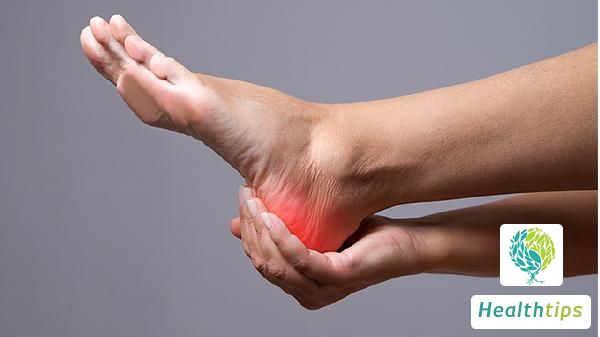What are the early symptoms of rheumatism?
Rheumatic Diseases and Their Symptoms
Rheumatic diseases encompass a broad category of illnesses, including systemic lupus erythematosus (SLE) and Sjögren's syndrome. The precursor symptoms of rheumatic diseases primarily involve joint swelling and pain, fever, and abnormalities in skin and mucous membranes.

I. Joint Swelling and Pain
1. Knee Joint: In the early stages of rheumatic diseases such as rheumatoid arthritis, patients may experience knee pain and stiffness, which gradually subsides after activity.
2. Interphalangeal Joints of the Hands: Patients with rheumatic arthritis often wake up with stiffness in their finger joints, accompanied by significant tenderness.
3. Toe Joints: Rheumatic fever can lead to inflammation in the toe joints, causing redness, swelling, or deformation.
4. Wrist Joints: Rheumatic fever caused by streptococcal infection typically manifests as redness, swelling, or a burning sensation in the wrist joints.
II. Fever
The onset of some rheumatic diseases is related to infection, resulting in low-grade or moderate fever. However, a small minority may experience high fever. Generally, the body temperature does not exceed 38°C, and the fever is brief, often resolving on its own.
III. Abnormalities in Skin and Mucous Membranes
In autoimmune connective tissue diseases like SLE, patients may exhibit butterfly-shaped rashes on the face, photosensitivity, oral ulcers, and hair loss. Sjögren's syndrome is characterized by dry mouth, often accompanied by dry eyes and reduced nasal secretions. Additionally, patients may experience muscle soreness, fatigue, weight loss, loss of appetite, palpitations, and shortness of breath.
It is recommended to promptly seek medical attention, undergo relevant examinations, and receive targeted treatment as prescribed after identifying the underlying cause. In daily life, maintain warmth, avoid exposure to cold, ensure adequate rest and sleep, and try not to stay up late.



















